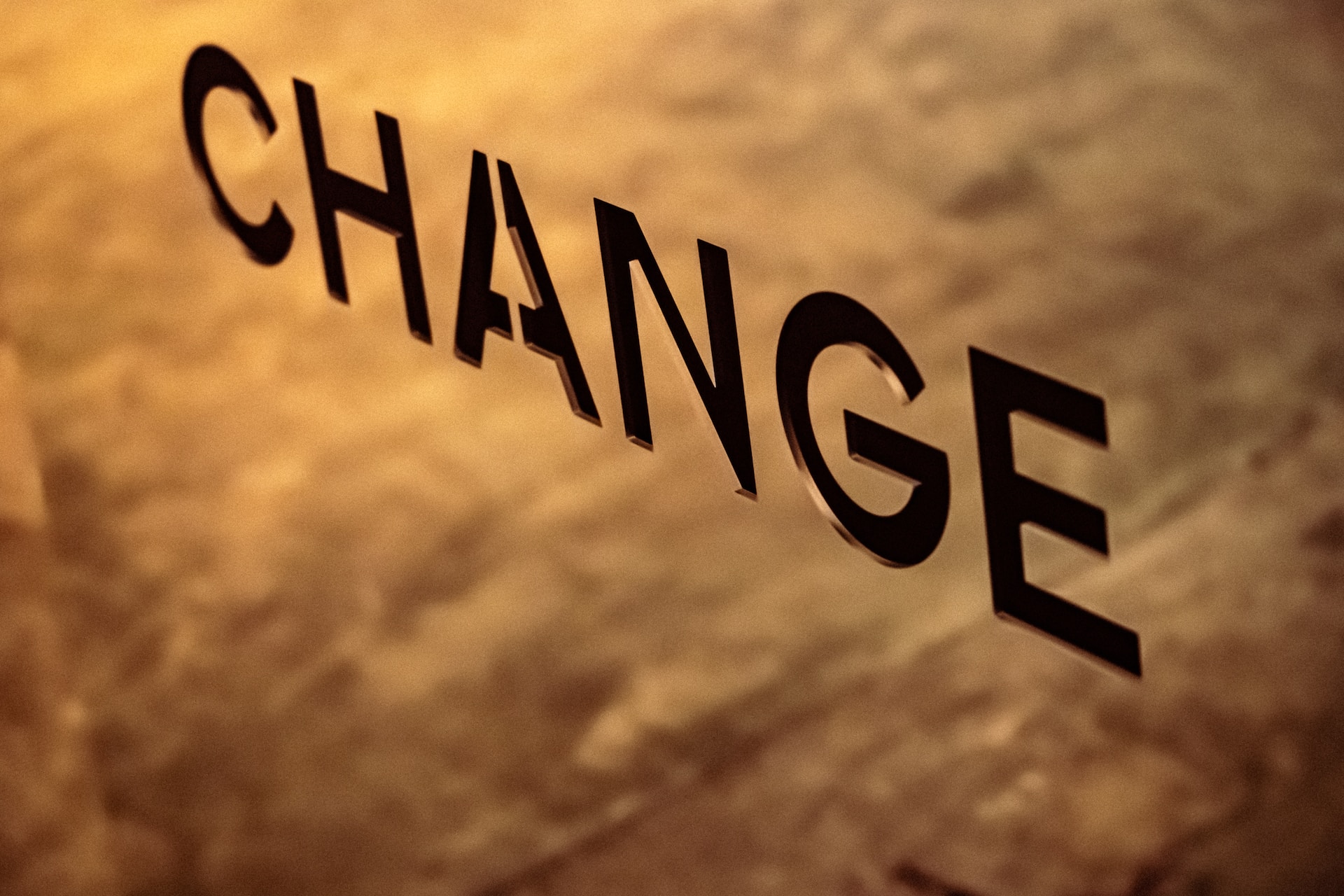Key Takeaways:
- Italian Ecommerce experienced inflation in 2022, affecting purchases and increasing uncertainty due to energy crisis, transport costs, and the ongoing war.
- Despite this, sectors such as Consumer Electronics, Food, and Home and Furnishing were able to increase their year-end turnover due to higher prices.
- Operators expect double-digit growth of 17.26% on average for 2023, but growth will travel through differentiated channels and retailers will need to strengthen their relationship with the final customer.
Italian Ecommerce faced a reality check in 2022 as retailers and manufacturers had to navigate the market without the boost of lockdown. What made it even more challenging was the inflation that the industry had not experienced before, affecting purchases and increasing uncertainty due to the energy crisis, transport costs, and the ongoing war. However, some sectors were able to increase their year-end turnover despite decreased sales in absolute terms, thanks to higher prices. As we move forward into 2023, operators expect double-digit growth of 17.26% on average, but growth will travel through differentiated channels and retailers will need to strengthen their relationship with the final customer.
In this article, we will take a closer look at the state of Ecommerce in Italy and Europe, the distribution of revenues in 2022, and the expectations for 2023.
Ecommerce in Italy
In January 2023, the online penetration among the population (aged 2 and over) in Italy reached 75.1%, with 44 million single monthly users. While there was a reduction of about one million people compared to the previous year, those who stayed online behaved similarly in terms of time spent online, which actually increased from 2h28’ to 2h40’ on an average day. The number of online shoppers continues its growth, having already exceeded 38 million last September. Geographically, the North West is the most connected area with 64.7% of Italian adults connected, followed closely by the South and Islands with 58.6%. Of these, some 38 million Italians connect to Ecommerce sites and apps during the month. In Italy, 47.1% of people aged between 16 and 64 buy something online every week compared to 57.6% worldwide. The tool of choice for access devices is mobile, with 49.6% of Italians’ time spent.
However, in terms of connected Italians’ expenditure, there is still ample room for growth if we consider that in Italy 2.26% of GDP is spent by Italians on online consumer goods compared to a world average of 3.53% and, for example, Great Britain where this percentage reaches 5.13%.
Ecommerce in Europe
Italy Ecommerce turnover in 2022 is estimated at EUR 75.89 billion, with an annual growth of 18.58%, even if for the first time in the history of Ecommerce most of the growth is due to price increase (+9.43% on average for the online sector with 15% peaks for Tourism). Inflation and the economic crisis, largely derived from energy costs and the inflationary impact of the strong support measures during the pandemic, generated uneven growth within the various sectors, rewarding those who reacted and innovated their business models. In general, some sectors decreased their overall sales, but still managed to increase their turnover through higher prices. This was particularly true for physical product sectors such as Food, Home and Furniture, Consumer Electronics and Online Shopping Centres.
Revenues distribution in 2022
The impact of the lockdown has strongly affected the balance of power between sectors that are constantly changing. Leisure, which has been the most important sector for years, continues to be so and accounts for exactly half (50.07%) of the turnover. The positive impact is due in particular to the growth of online gaming, as well as purchases related to hobbies and sport. However, the sector is limited by the illegal market, which accounts for the same volume as the legal market. In this regard, there are over 10,000 sites that have been blacked out by the Monopolies Agency on which customers nevertheless continue to go via VPN because they can offer better odds without paying tax.
Online shopping centers remain in second place in the distribution of revenues, 19%, compared to 22% in the previous year. This is one of the sectors that felt the crisis the most and had zero growth over the previous year when it still benefited from the long tail of the lockdown.
Tourism is the sector with the highest growth, after two years it has managed to exceed the turnover of 2019 and has finally emerged from its supply crisis. Growth was 47% in 2022, one third of which was due to price increases. However, it has not yet managed to regain second place in the turnover breakdown, remaining at 13.26% of the total Ecommerce turnover. Tourism has also regained speed thanks to new targets such as rural areas and remoteworking tourism with long stays in low season to combine work and leisure.
Food, after gaining +63% in 2020, and +37% in 2021 is seeing a downturn in the sector with customers partly returning to buying in-store. In 2022 it grew by +5.5% which, however, pays for a price increase of 9.5% and thus a negative growth in real terms.
Insurance sector follows, which remained stable in terms of share (4.11% of the total) with an annual growth rate of 23% thanks to new embedded insurance services.
Consumer Electronics grew by 7% with 3.3% of total sales; followed by Fashion: stable at 2% of the total, but continuing its growth with +15.9% in 2022, half of which is due to price increase. As for Publishing, online sales grew by 10% and the sector dropped to 1.66% share.
Health and Beauty / Home and Furnishing close the ranking. These two sectors still weigh very little on the total, 1%. The former has had the highest growth (after Tourism) by 25%, decreasing from 38% of the previous year, while the latter has had a setback with growth (8%) below the price increase level (10%).
Expectations for 2023
The year 2023 will see a continuation of the post-lockdown trend with strong growth by manufacturers at the expense of retailers. In fact, the highest growth in almost all consumer goods sectors is expected from manufacturers, which bodes for significant investments by these players. One extra indicator of the fact that retailers will have to justify their role in the distribution chain even more.
On average, an Italian Ecommerce site is expected to grow by 17.26% in terms of turnover by 2023. The largest growth is expected to be in the Leisure Time sector (+23%) after the reconfirmation of concessions for two years on online gaming, followed by Food and Fashion (+20%) and Health and Beauty (+19%). Home Office and Furnishings (+18%), Consumer Electronics (+12%), Online Shopping Centres (+10%) are expected to increase and finally, with more moderate growth, Publishing and Insurance (both +5%).
Among the main objectives of the digital strategy set by the companies surveyed for 2022 are: 72% to increase profit/turnover, which has risen sharply since last year (59%), 50% to acquire new customers, 45% to increase awareness (dou bling last year’s 28%), 36% to retain current customers, 30% to gain market share over competitors, and 6% other objectives.
Turnover is still mainly derived from the website (40 per cent), however the percentage of other channels is rising significantly, in particular marketplaces (28 per cent) and social media (13 per cent). Mobile apps, especially for larger merchants, has also become an important asset and now accounts on average for 8% of turnover.
As previously mentioned, one of the main challenges for Italian retailers in the coming years will be to defend themselves against foreign competition, including large Asian manufacturers who are already structured to compete directly with retailers who outsource production to them. In 2023, these giants are expected to start selling directly to final customers via marketplaces such as Amazon, following the example of Shein, which has already surpassed multinationals such as Zara and H&M in terms of notoriety and in some cases turnover by focusing everything on the speed of production and daily renewal of the catalogue.
To defend against these phenomena, Italian retailers will have to strengthen their relationship with the final customer. The relationship with the final customer, however, could be intermediated directly by artificial intelligence objects that will most likely forever change Ecommerce as we have known it until now. This shift towards AI could allow retailers to offer a more personalized shopping experience, predict customer needs and preferences, and improve customer satisfaction and loyalty.
Another trend that is likely to shape the Italian Ecommerce landscape in the coming years is the rise of sustainable and ethical consumption. Consumers are becoming increasingly aware of the impact of their purchases on the environment and society, and are demanding more sustainable and ethical products and practices from retailers. This trend is expected to drive growth in sectors such as Health and Beauty and Home and Furnishing, which already have a strong focus on sustainability and social responsibility.
Conclusion
In conclusion, the Italian Ecommerce market faced significant challenges and changes in 2022, as the country emerged from the pandemic and grappled with inflation and supply chain disruptions. However, despite these challenges, the market continued to grow and evolve, with certain sectors such as Tourism experiencing strong growth after years of struggle.
Looking ahead to 2023, the market is expected to continue growing, albeit at a more moderate pace, with manufacturers expected to drive growth at the expense of retailers. Italian retailers will need to strengthen their relationship with the final customer and embrace new technologies such as AI in order to stay competitive in an increasingly crowded and competitive market.
Overall, the Italian Ecommerce market presents both opportunities and challenges for retailers and manufacturers alike, as they navigate a rapidly changing landscape and adapt to new consumer demands and preferences.
Sign up to our newsletter & get the most important monthly insights from around the world.
Ready to Amplify Your Brand with Business Today?
Discover the power of sponsored articles and partnerships to reach decision-makers, professionals, and a dynamic audience. Learn more about our advertising opportunities and connect with us today!
Click here to explore our Promotion & Sponsored Articles page.
Are you looking to make an impact? Contact us at pitch@businesstoday.news to get started!







